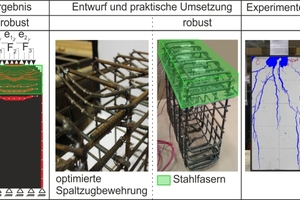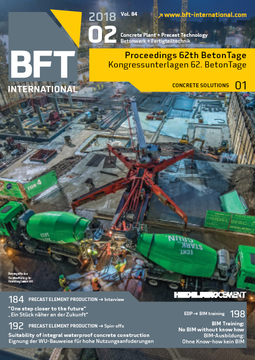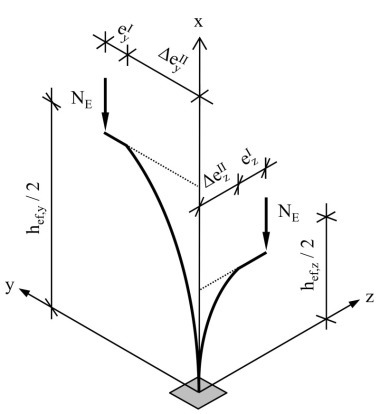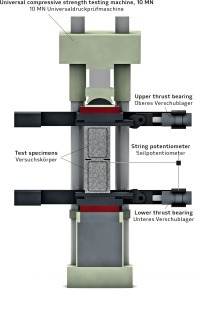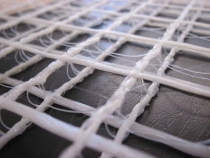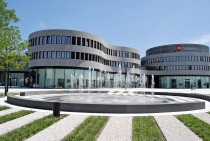Optimized reinforcement for partial surface pressures
Partial area loading with biaxial or triaxial load propagation occurs, for example, at bearings, anchors, precast element joints and various contact surfaces of concrete structures. The high contact forces require special attention to be paid not only to the design of the reinforcement in terms of position, shape and connection but also to the quality and ductility of the concrete in order to prevent damage and to realise robust structures.
In theoretical and experimental research conducted at the Ruhr University of Bochum, different reinforcement concepts were developed for this purpose and examined on an experimental basis. In addition to conventional engineering approaches [1], the design is based upon combined topology optimization methods using continuum and truss idealisation [2] which take into account the desired material-specific compression-dominant or tension-dominant structural behavior of concrete and steel. Reinforcement concepts are thus created which use conventional stirrups, bars bent in accordance with the principal tensile stress trajectories, and robust hybrid reinforcement layouts combining regular rebar and steel fibers [3].
The experiments have shown that in particular the shape and anchorage of the reinforcement have a substantial influence on the structural capacities achieved. Deformation-resistant concepts with load-path dependent topologies and allowing only minor crack formation lead to high load increases. Especially with biaxial load propagation, such as at the longitudinal joints of tunnel lining segments, wall supports or jacking pipes, a favorable load increase results when using welded ladders in combination with steel fibers (hybrid).

